There is always the danger that we will forget things that are best not forgotten. Certainly, some things should be permanently recorded so that posterity will remember what we would prefer to erase from our memories.
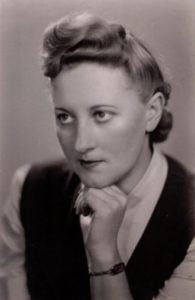
This is the story of a woman who was imprisoned for a number of years in Auschwitz, the notorious death camp. What she saw there makes medieval genocides look like child’s play.
This is her memoir, and she shows not only her own courage but also her fellow prisoners’ fierce will to live. Half-starved, suffering from lice, scabies and dysentery and mowed down by typhus and pneumonia, they worked in fields of icy slush and mud and registered new arrivals—hundreds of thousands of women from Holland, Greece, Italy and Hungary, who did not know where they were or why they had been seized.
That she survived and finally managed to escape to tell the tale is one of many reasons why this book should be published and widely read. Most of her companions were murdered so that they could not bear witness.
Written just after the author’s escape and published in 1946, I Survived Auschwitz was the first ever book to emerge about the camp and therefore occupies an important place in Holocaust literature.
In certain parts of this book you will notice changes made by Poland’s communist censors after 1945. Due to these interventions, the book has become an unintentional double witness to the 20th century’s two most dreadful totalitarian regimes.
I Survived Auschwitz was published in cooperation with the Auschwitz-Birkenau State Museum. With additional footnotes, 26 percent increase in text, and 45 photos taken during war, the new edition is greatly expanded compared to the original 1946 English version.
The book was translated from the Polish, Przeżyłam Oświęcim, by Lech Czerski and Sheila Callahan based on an initial translation by Krystyna Cenkalska.
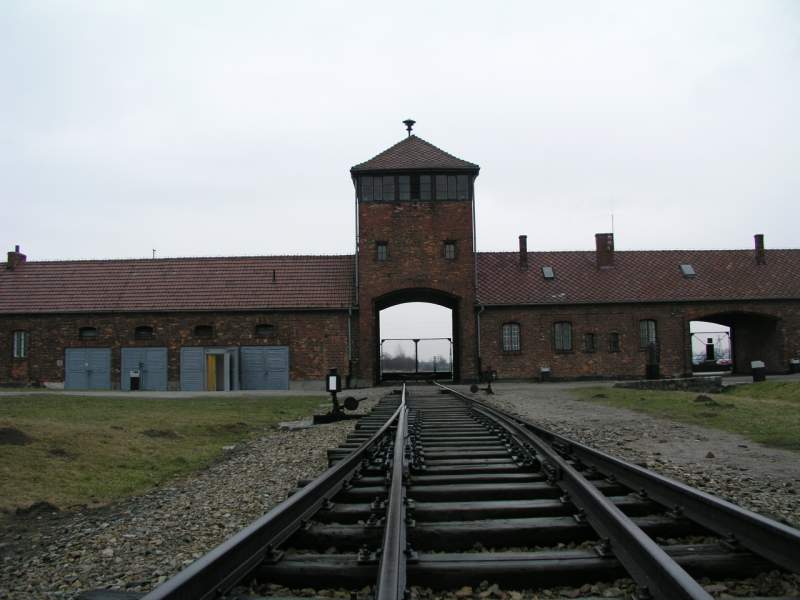
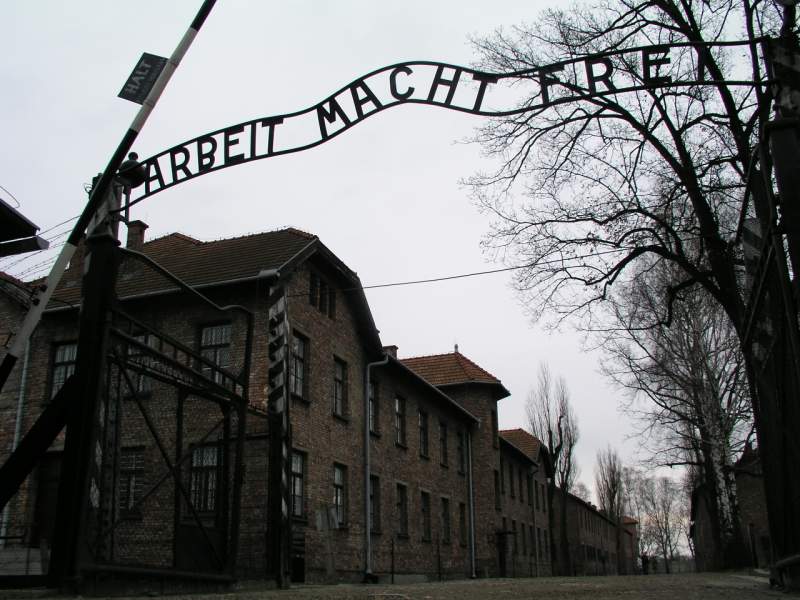
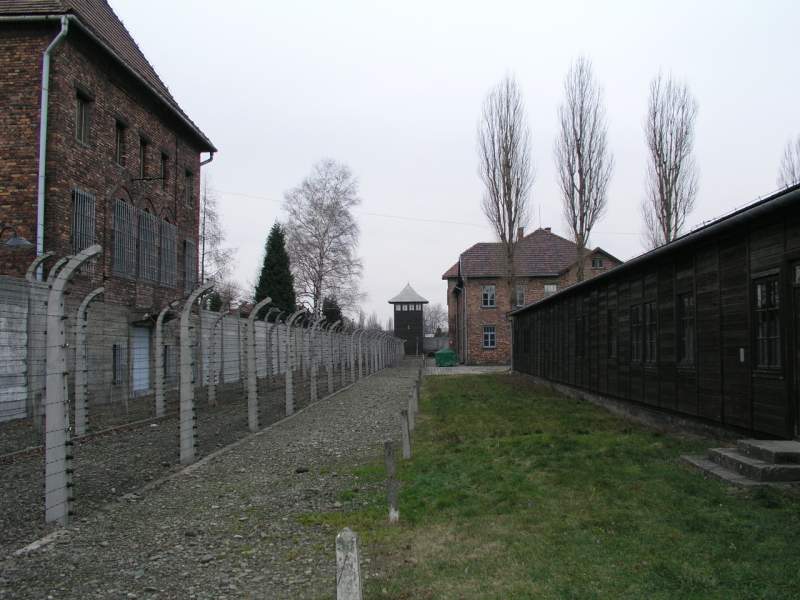
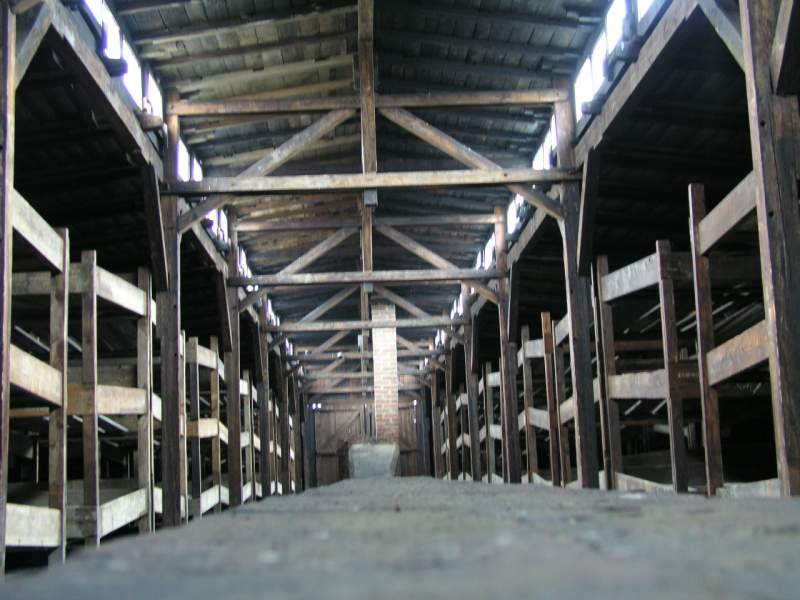
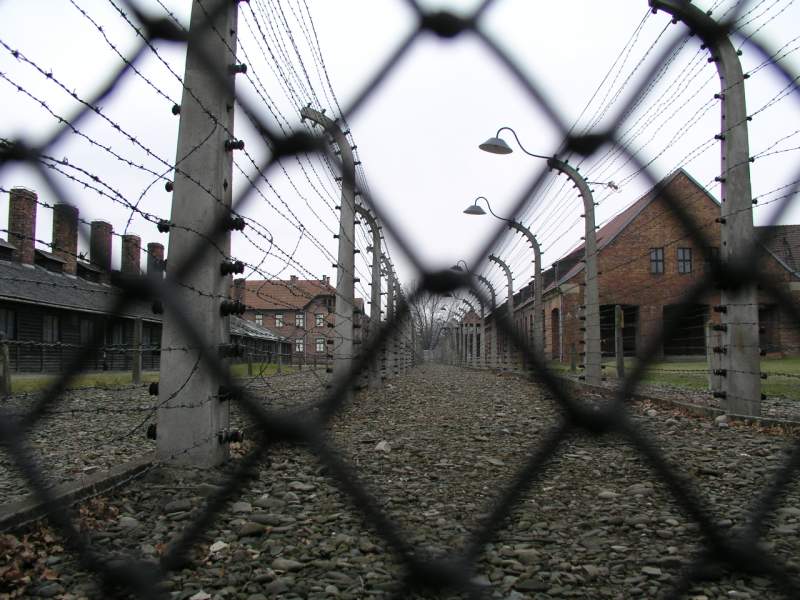

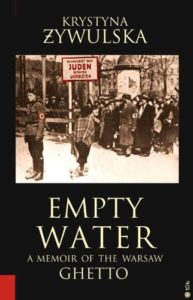
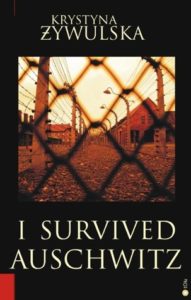
Recent Comments